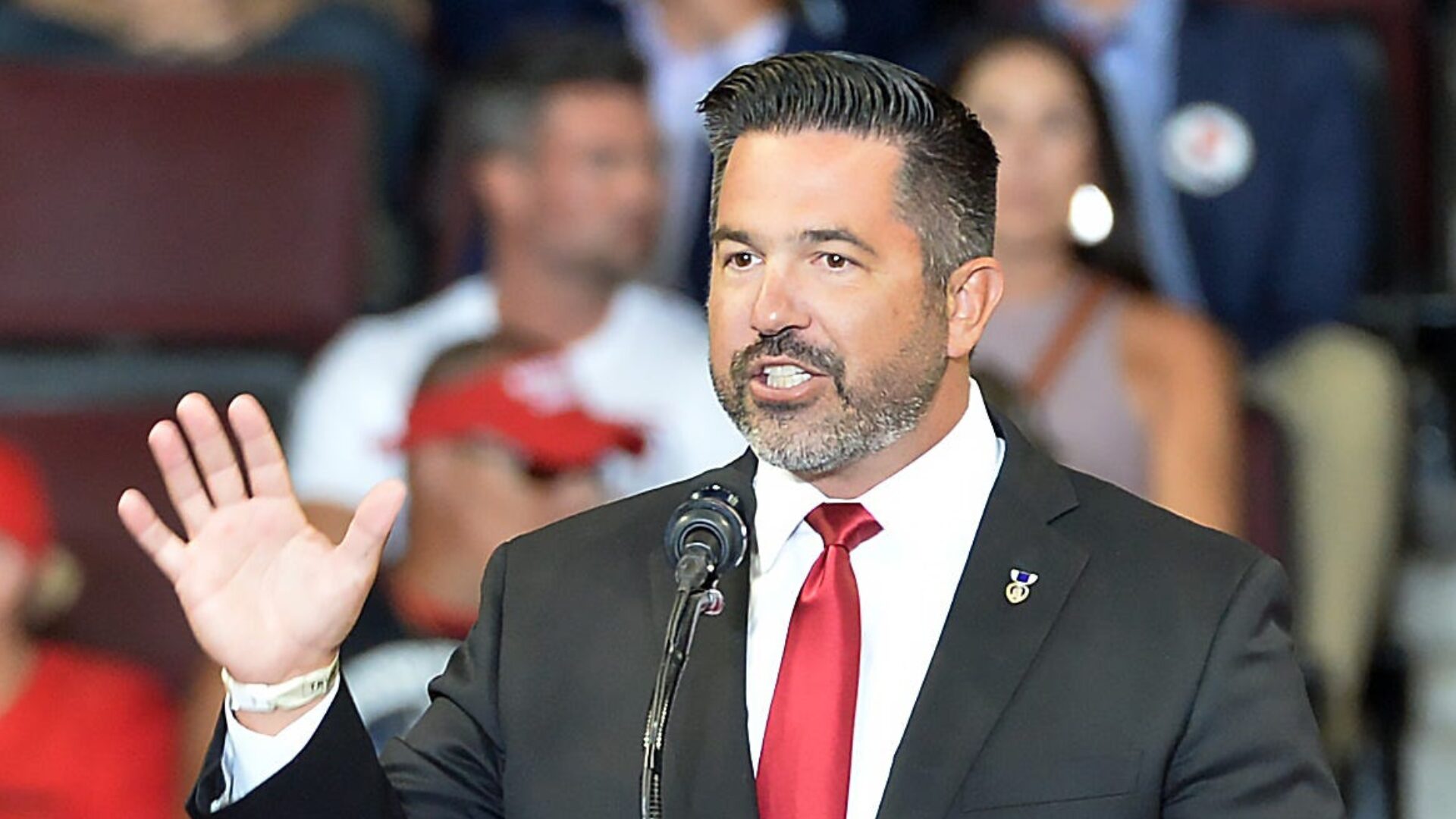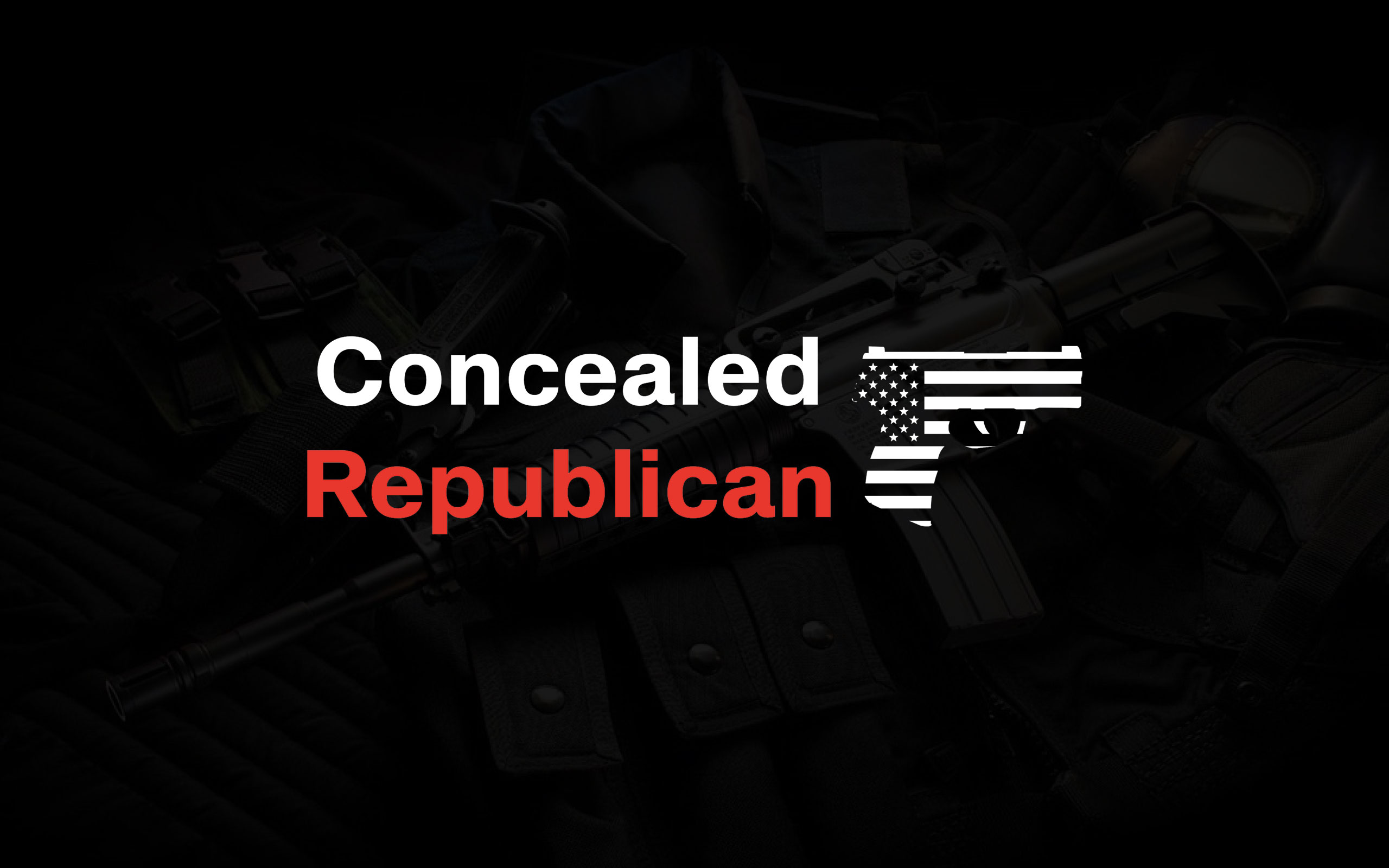The Pentagon is pushing back against a wave of renewed media scrutiny aimed at Secretary of Defense Pete Hegseth over private communications related to military operations against the Houthis in Yemen.
Chief Pentagon Spokesman Sean Parnell issued a statement Sunday dismissing the controversy as a recycled narrative driven by recently terminated staff and anti-Trump sentiment in the press.
“Another day, another old story—back from the dead,” Parnell posted on X.
Trump’s Sovereign Wealth Fund: What Could It Mean For Your Money?
“The Trump-hating media continue to be obsessed with destroying anyone committed to President Trump’s agenda. This time, the New York Times — and all other Fake News that repeat their garbage — are enthusiastically taking the grievances of disgruntled former employees as the sole sources for their article.”
FOR IMMEDIATE RELEASE:
4/20/25STATEMENT:
Another day, another old story—back from the dead. The Trump-hating media continues to be obsessed with destroying anyone committed to President Trump’s agenda. This time, the New York Times — and all other Fake News that repeat their…
— Sean Parnell (@SeanParnellATSD) April 21, 2025
This Could Be the Most Important Video Gun Owners Watch All Year
Parnell was responding to a New York Times report that cited “four people with knowledge of the chat,” alleging Hegseth had shared operational details about U.S. military airstrikes targeting Houthi positions in Yemen via a private Signal messaging group that included his wife, brother, and lawyer.
According to the Times, the group was created by Hegseth in January, prior to his confirmation as Defense Secretary, and included about a dozen individuals from his personal and professional circle. The chat was reportedly named “Defense | Team Huddle.”
The Times reported that information shared in the chat included flight schedules for F/A-18 Hornets.
The same day, Hegseth reportedly also posted similar details in a separate Signal chat that had mistakenly included Jeffrey Goldberg, editor-in-chief of The Atlantic.
That group included top Trump administration officials such as Vice President J.D. Vance, Secretary of State Marco Rubio, and National Security Adviser Mike Waltz.
Goldberg later detailed in a March 24 article that Hegseth had posted what he described as a strike timeline.
According to the report, the message outlined planned launch times for F/A-18s and drones, along with references to weather conditions and anticipated impact windows.
However, there were no coordinates, unit names, or classified intelligence included in the messages.
The controversy stems in part from that prior leak, which has now fueled speculation about the contents of the second Signal chat.
CNN also published a similar report, citing “three people familiar with the chat” who said it was originally created during Hegseth’s confirmation process and later used as a forum to coordinate and communicate administrative matters among allies.
Hegseth’s attorney Tim Parlatore and his brother Phil—both of whom reportedly hold positions in the Pentagon—were also in the chat.
The Pentagon maintains that no classified material was discussed.
“There was no classified information in any Signal chat, no matter how many ways they try to write the story,” Parnell wrote.
“What is true is that the Office of the Secretary of Defense is continuing to become stronger and more efficient in executing President Trump’s agenda. We’ve already achieved so much for the American warfighter, and will never back down.”
The renewed allegations have led to calls from some Democrats for Hegseth to be removed from office.
Sen. Mark Kelly (D-AZ) suggested President Trump should consider dismissing Hegseth if he refuses to resign.
Rep. Eric Swalwell (D-CA) went further, telling CNN that both Hegseth and Waltz “should no longer be in the government.”
Trump administration officials have disputed the notion that the chat messages constituted “war plans.”
In a March 26 post on X, Waltz wrote, “No locations. No sources & methods. NO WAR PLANS. Foreign partners had already been notified that strikes were imminent.”
No locations.
No sources & methods.
NO WAR PLANS.
Foreign partners had already been notified that strikes were imminent.
BOTTOM LINE: President Trump is protecting America and our interests.
— Mike Waltz (@MikeWaltz47) March 26, 2025
White House Press Secretary Karoline Leavitt and others have also rejected the narrative pushed by The Atlantic and New York Times, noting that what was shared included no sensitive or operationally compromising information.
“So let me get this straight,” Hegseth posted on X.
“The Atlantic released the so-called ‘war plans’ and those ‘plans’ include: No names. No targets. No locations. No units. No routes. No sources. No methods. And no classified information. Those are some really shitty war plans.”
So, let’s me get this straight. The Atlantic released the so-called “war plans” and those “plans” include: No names. No targets. No locations. No units. No routes. No sources. No methods. And no classified information.
Those are some really shitty war plans.
This only proves…
— Pete Hegseth (@PeteHegseth) March 26, 2025
Connect with Vetted Off-Duty Cops to Instantly Fulfill Your Security Needs
Read the full article here











![Blue State Governor Pulls a U-Turn, Says He’d Welcome Donald Trump’s Federal Support [WATCH] Blue State Governor Pulls a U-Turn, Says He’d Welcome Donald Trump’s Federal Support [WATCH]](https://www.rvmnews.com/wp-content/uploads/2025/08/2025.08.30-11.44-rvmnews-68b2e42bd468c.jpg)
